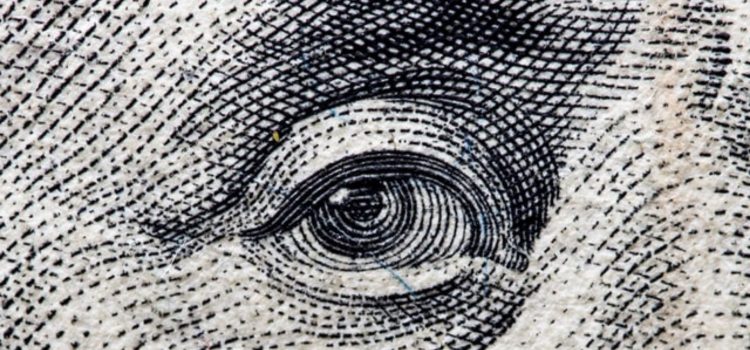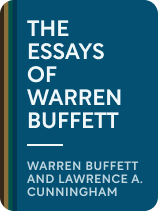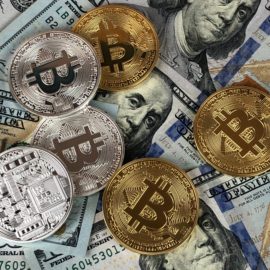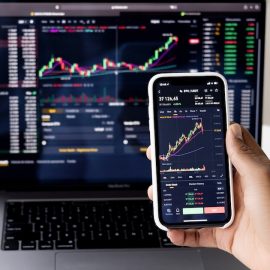

This article is an excerpt from the Shortform book guide to "The Essays of Warren Buffett" by Warren Buffett and Lawrence A. Cunningham. Shortform has the world's best summaries and analyses of books you should be reading.
Like this article? Sign up for a free trial here.
What are leveraged buyouts? How do takeover companies profit from acquisitions financed with leverage?
Leveraged buyouts were the hallmark of many notorious “corporate raiders” in the 1980s, who used them to practice so-called “hostile takeovers.” Takeover companies make fortunes with leveraged buyouts, but they carry significant social and financial costs.
Keep reading to learn about leveraged buyouts, how they work, and their consequences.
Leveraged Buyouts
What are leveraged buyouts? In a leveraged buyout, Company A takes on debt in order to buy Company B. The buyers then carve up Company B, sell off parts to other businesses, and generate “earnings” by laying off employees.
According to Warren Buffet, takeover companies bend accounting rules to make their acquisitions seem profitable while deferring payment on their debt as long as possible. Buffett asks what the cost to society will be to have so many companies saddled with debt. Many peoples’ livelihoods depend on the health of large corporations, and corporate debt puts all of them at risk.
While leveraged buyouts harm the health of whole companies, the bankers who facilitate them ride into the sunset with the earnings from their fees. Here, Buffett returns to the topic of derivatives. The firms that take part in costly acquisitions use derivatives to hedge against the risk their debt incurs. Buffett argues that derivative contracts can act as insurance on smaller scales but pose a danger to the larger economy. A vast web of derivatives should minimize risk by spreading it around, but in practice the bulk of the risk has gravitated toward a handful of giant, interlinked firms. Any serious shock to the system that triggers a wave of derivative defaults could bring these firms and the whole economy crumbling down like an avalanche.
| The Financial and Social Cost of Leveraged Buyouts A counterintuitive aspect of leveraged buyouts that Buffett doesn’t fully explain is that they transfer the burden of debt onto the company being bought, not the company making the acquisition. For example, when Company A takes out a loan to purchase Company B, it uses Company B’s assets as collateral, so that if the loan defaults, Company B goes bankrupt, but not Company A. This is why Elon Musk’s purchase of Twitter saddled Twitter with $13 billion in debt. However, unlike other buyouts that avoid putting the acquiring party at risk, Musk put $33 billion of his own money into the purchase. Therefore, because Twitter wasn’t able to shoulder its new debt, its drop in value resulted in Musk setting the Guinness World Record for greatest loss of personal net worth in history. The potential consequences of the Twitter debacle shine a light on Buffett’s point about the societal impact of corporate insolvency. In this case, it’s because Twitter has a wider scope of impact than other social media outlets in fields such as politics and journalism. In addition to costing over 4,000 people their jobs, the platform’s potential collapse could alter the information landscape in ways we can’t predict, affecting how its users share information and build brands, all for the sake of a leveraged buyout. |

———End of Preview———
Like what you just read? Read the rest of the world's best book summary and analysis of Warren Buffett and Lawrence A. Cunningham's "The Essays of Warren Buffett" at Shortform.
Here's what you'll find in our full The Essays of Warren Buffett summary:
- A glimpse into the mind of a man who disagrees with the typical Wall Street mogul
- Buffett's simple yet difficult insights on investing
- Why some of the most widely accepted economic practices are wrong






